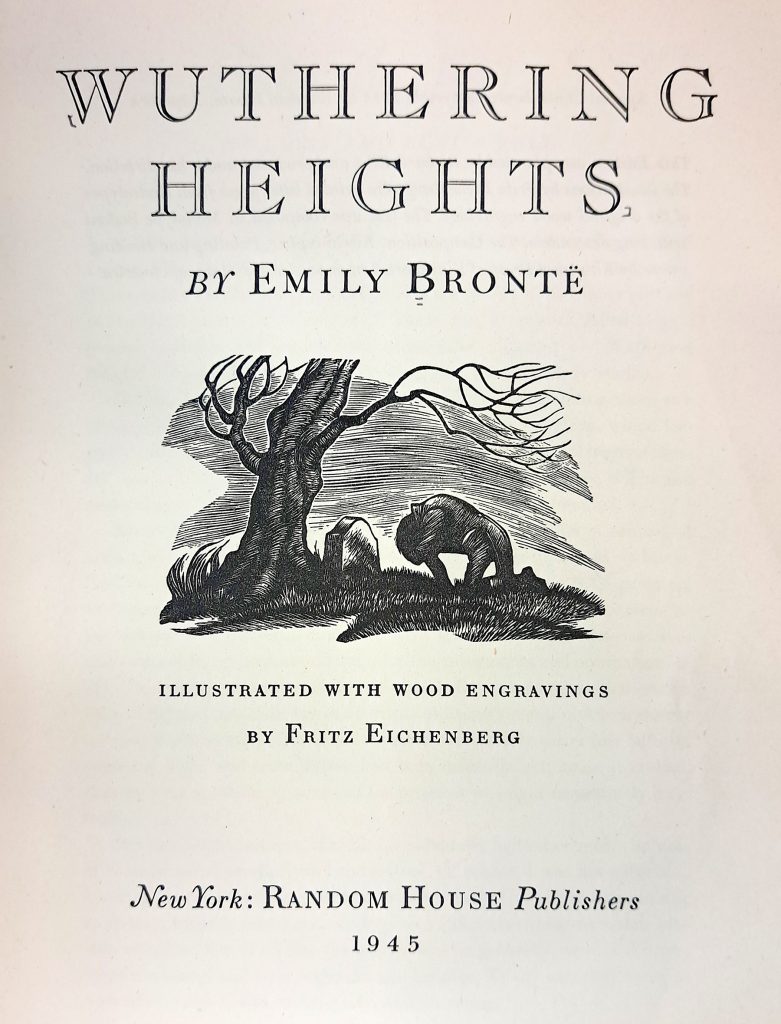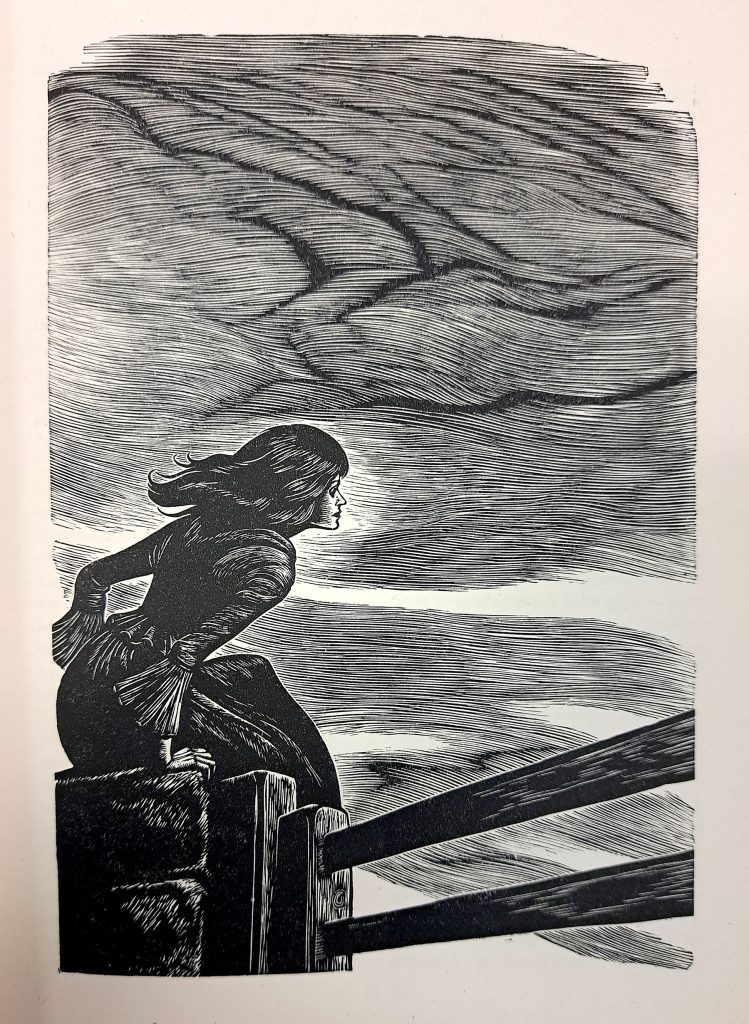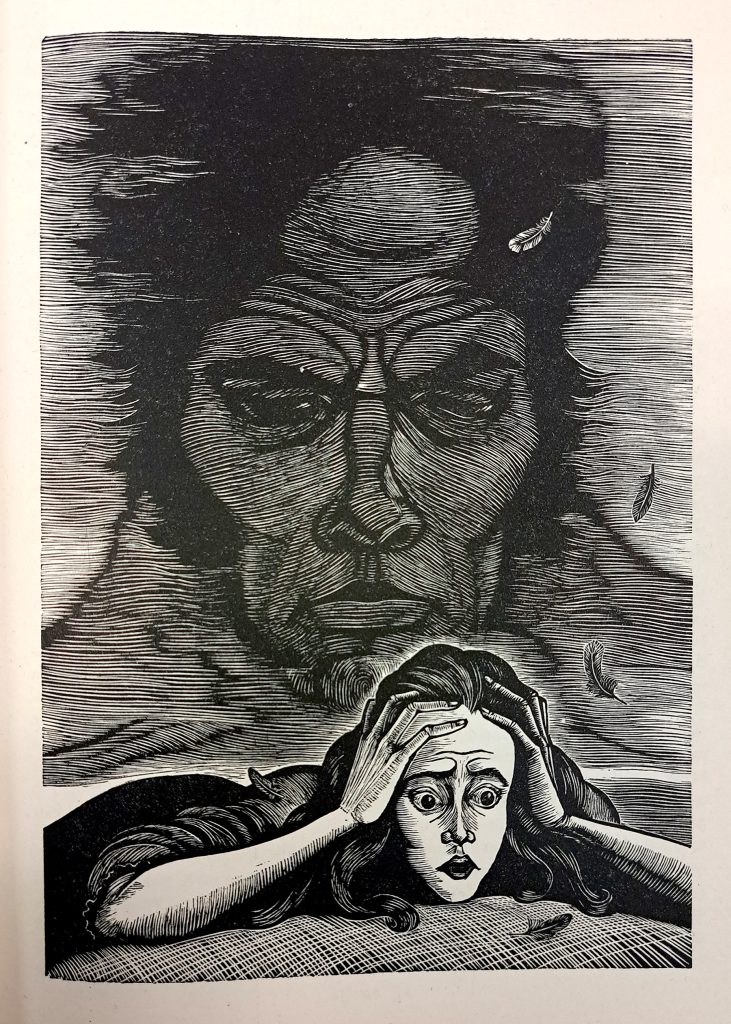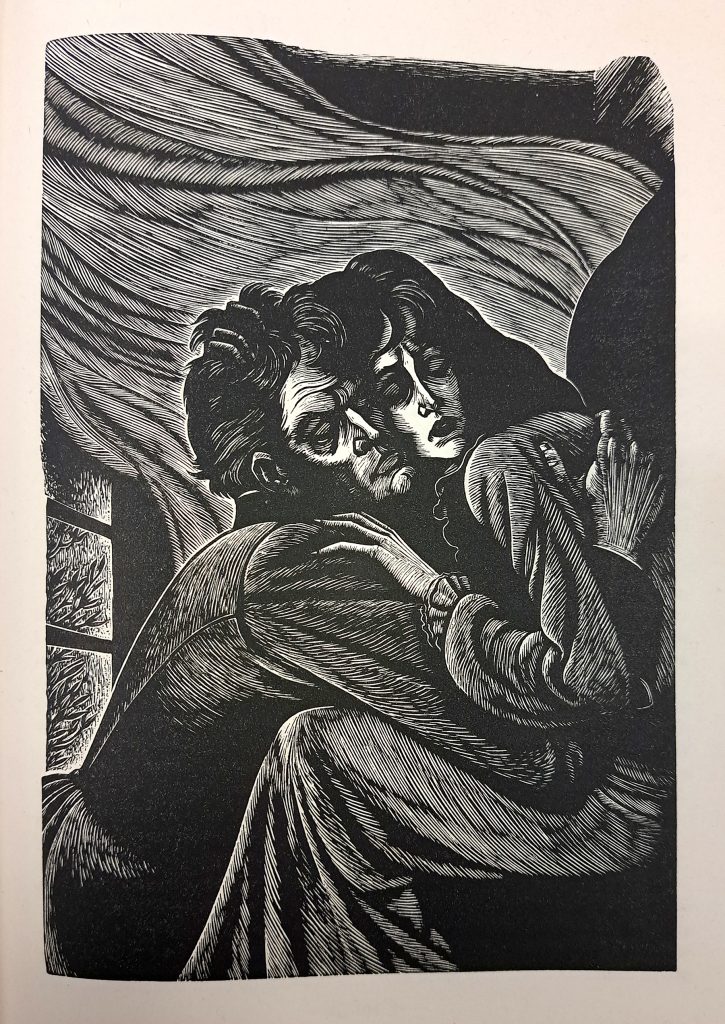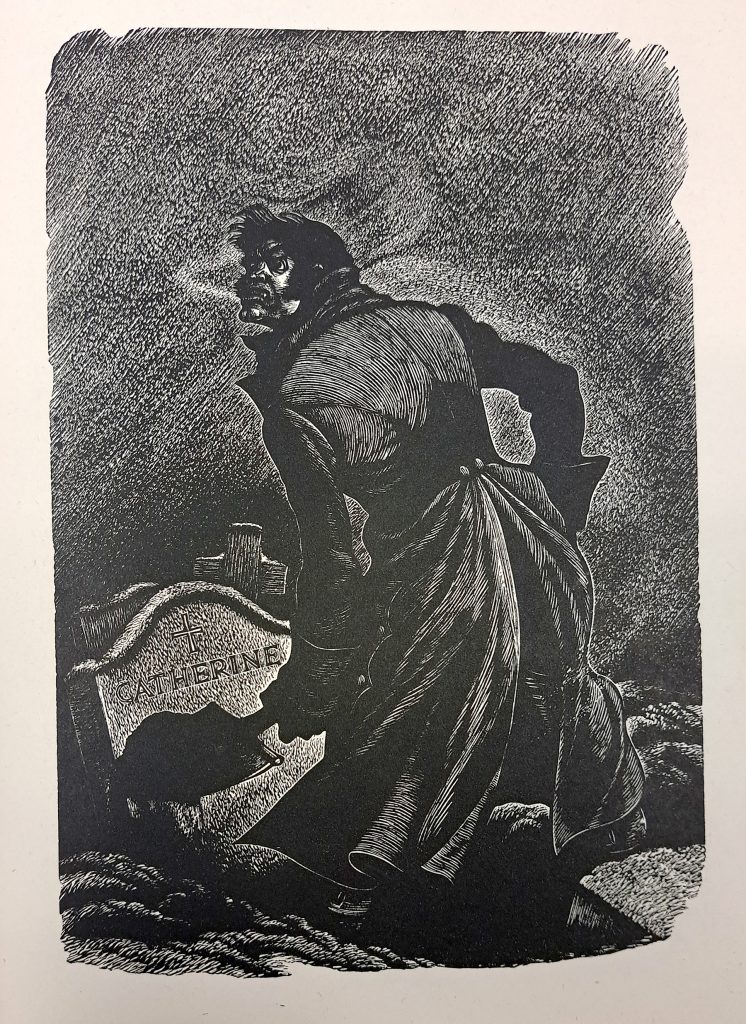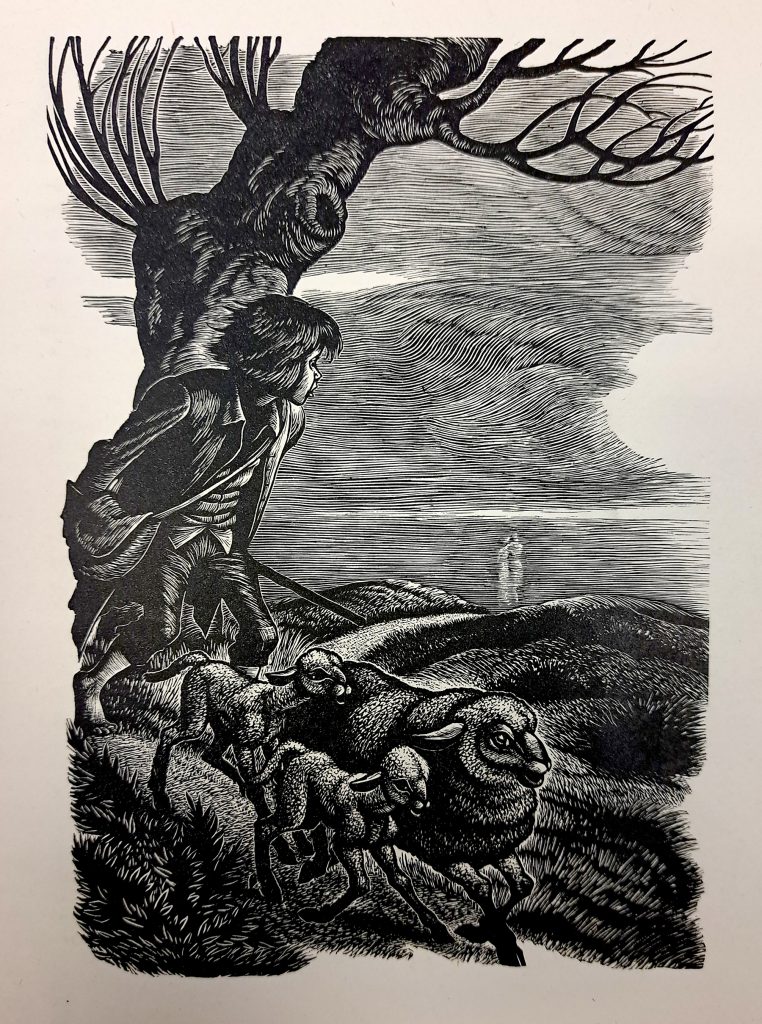The Printed Image: Gustave Doré and Paradise Lost
For the final 2023 installment of The Printed Image, I’m continuing our exploration of illustrated works by Gustave Doré within Falvey Library’s Special Collections, this time focusing on John Milton’s epic poem Paradise Lost, in a large format edition published in 1886 by Cassell, Petter, and Galpin.
In my last blog post, we ended with Doré’s depiction of Satan in the deepest circle of Hell, a giant brooding beast encased in ice. Doré’s work within Paradise Lost can be seen as a prequel of sorts, as Milton and Doré, separated by centuries, depict Satan’s rebellion and war with Heaven, his fall to Hell, and his temptation of Adam and Eve.
(Click on images for larger view.)
While Milton’s poem features Adam and Eve as key characters, Doré’s illustrations are dominated by the angelic and the demonic, playing to his strengths for dynamic and dramatic imagery. These divine figures are visualized alone within heavenly or infernal realms, or within congregations that are in active conflict. One notable detail is that, with the exception of the wings, there is sometimes little difference between angel and demon, they share nearly the same face and figure. Even Satan doesn’t assume a more sinister appearance until later in the series of illustrations.
Another quality that struck me within these illustrations is Doré’s combination of light and the horizon as a way to create an evocative setting. In several instances, Doré sets the scene in a landscape where an edge of light hovers just above the horizon, a liminal realm still waiting to be fully defined and created. While one may assume this is the light of dawn, it could easily be the fading light of dusk, a symbol for the fallen angels. While Doré’s compositional strengths show through here, credit must also be given to his engravers who brought his drawings to life via wood engraving, capturing the light and the way it reveals these unique worlds.
A final observation is that one may recognize certain compositional elements with other Doré illustrations. Doré made nearly 10,000 illustrations during his lifetime, so it only makes sense that his style would rhyme within his body of work. Compare the illustration for Satan’s approach to Earth (below left) with the haunting illustration for Edgar Allan Poe’s The Raven, and Nine days they fell (below right) with Dante swoons after hearing Francesca from Dante’s Inferno.

“Nine days they fell.” Engraved by Adolphe Gusmand.
Paradise Lost may be viewed in-person in Falvey Library’s Rare Book Room by appointment. An edition with Doré illustrations from 1900 can be viewed at Internet Archive. And Gustave Doré’s biblical illustrations continue to be on display in the Divine Inspiration exhibit, on view on Falvey Library’s first floor.
Mike Sgier is a Distinctive Collections Coordinator at Falvey Library.

























